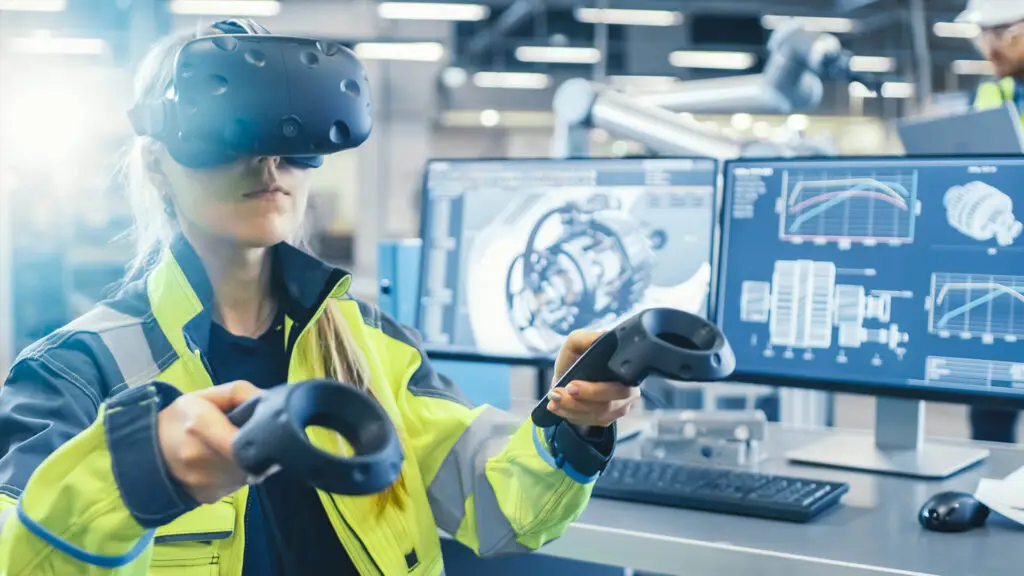Virtual reality (VR) simulations are a powerful tool that can help businesses reduce training costs and increase productivity. VR simulations are immersive and interactive, allowing users to experience real-world scenarios in a safe and controlled environment. In this article, we will explore how VR simulations can help reduce training costs and increase productivity.
One of the most significant advantages of VR simulations is that they allow businesses to train employees in a safe and controlled environment. This can help to reduce the risks associated with on-the-job training, which can be costly and time-consuming. For example, in industries like healthcare and aviation, mistakes can be costly and even life-threatening. VR simulations allow trainees to experience real-world scenarios without putting themselves or others in danger. This can help to reduce training costs by minimizing the need for expensive on-the-job training.
Another advantage of VR simulations is that they can help to improve the quality of training. VR simulations can provide trainees with a more realistic and immersive training experience, which can help to improve their retention of information. This can lead to increased productivity as employees are better equipped to perform their jobs effectively. Additionally, VR simulations can help to standardize training across different locations and departments, ensuring that all employees receive the same level of training.
VR simulations can also help to reduce the time it takes to train employees. Traditional training methods can be time-consuming, especially when it comes to on-the-job training. VR simulations can provide employees with a more efficient and effective way to learn new skills and procedures. This can help to reduce the time it takes to train employees, allowing businesses to allocate resources more efficiently.
Finally, VR simulations can help to increase engagement and motivation among trainees. VR simulations provide trainees with an interactive and engaging learning experience, which can help to increase their motivation and retention of information. This can lead to increased productivity as employees are more engaged and motivated to perform their jobs effectively.
In conclusion, VR simulations are a powerful tool that can help businesses reduce training costs and increase productivity. They provide a safe and controlled environment for training, improve the quality of training, reduce the time it takes to train employees, and increase engagement and motivation among trainees. As VR technology continues to evolve, we can expect to see even more applications of VR simulations in training and development, leading to even greater cost savings and productivity gains for businesses.

